|
Your search criteria found 268 images Feature Name |
| My List |
Addition Date | Target | Mission |
Instrument
|
Size |

|
1998-05-08 | Europa |
Galileo |
Solid-State Imaging |
1092x1428x3 |

|
|||||

|
1998-05-08 | Io |
Galileo |
Solid-State Imaging |
1870x635x3 |
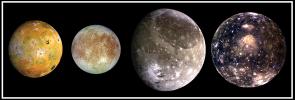
|
|||||

|
1998-05-08 | Io |
Galileo |
Solid-State Imaging |
1927x619x3 |

|
|||||

|
1998-05-21 | Europa |
Galileo |
Solid-State Imaging |
2700x2200x1 |
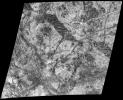
|
|||||

|
1998-05-21 | Europa |
Galileo |
Solid-State Imaging |
1042x643x3 |
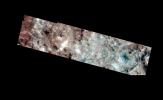
|
|||||

|
1998-05-21 | Europa |
Galileo |
Solid-State Imaging |
3500x2220x1 |
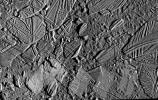
|
|||||

|
1998-05-21 | Europa |
Galileo |
Solid-State Imaging |
800x400x1 |
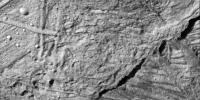
|
|||||

|
1998-05-21 | Europa |
Galileo |
Solid-State Imaging |
814x560x1 |
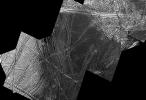
|
|||||

|
1998-05-21 | Europa |
Galileo |
Solid-State Imaging |
856x407x3 |
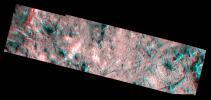
|
|||||

|
1998-05-21 | Europa |
Galileo |
Solid-State Imaging |
4000x2024x1 |
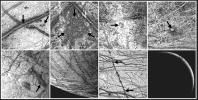
|
|||||

|
1998-09-15 | J Rings |
Galileo |
Solid-State Imaging |
2560x1920x3 |
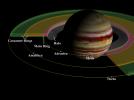
|
|||||

|
1998-10-13 | Europa |
Galileo |
Solid-State Imaging |
2686x2494x1 |
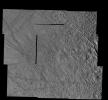
|
|||||

|
1998-10-13 | Europa |
Galileo |
Solid-State Imaging |
747x800x1 |

|
|||||

|
1998-11-24 | Europa |
Galileo |
Solid-State Imaging |
1950x850x3 |
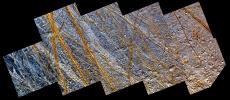
|
|||||

|
1998-12-07 | Europa |
Galileo |
Solid-State Imaging |
633x900x1 |

|
|||||

|
1998-12-07 | Europa |
Galileo |
Solid-State Imaging |
453x597x1 |

|
|||||

|
1998-12-07 | Europa |
Galileo |
Solid-State Imaging |
678x900x1 |

|
|||||

|
1998-12-07 | Europa |
Galileo |
Solid-State Imaging |
1231x558x3 |
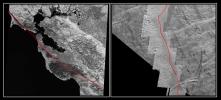
|
|||||

|
1998-12-07 | Europa |
Galileo |
Solid-State Imaging |
1152x830x1 |
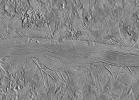
|
|||||

|
1998-12-07 | Europa |
Galileo |
Solid-State Imaging |
1152x507x3 |
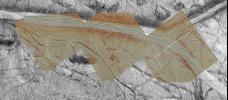
|
|||||

|
1998-12-07 | Europa |
Galileo |
Solid-State Imaging |
2476x1988x1 |
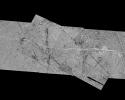
|
|||||

|
1998-12-07 | Europa |
Galileo |
Solid-State Imaging |
1152x626x3 |
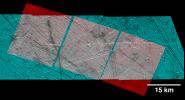
|
|||||

|
1999-10-07 | Callisto |
Galileo |
Solid-State Imaging |
1440x669x1 |
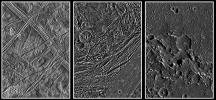
|
|||||

|
1999-01-18 | Europa |
Galileo |
Solid-State Imaging |
988x900x1 |
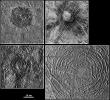
|
|||||

|
1999-01-18 | Europa |
Galileo |
Solid-State Imaging |
700x540x1 |
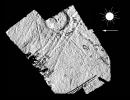
|
|||||

|
1999-01-18 | Europa |
Galileo |
Solid-State Imaging |
1152x696x3 |
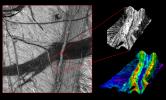
|
|||||

|
1999-01-18 | Europa |
Galileo |
Solid-State Imaging |
1050x520x3 |
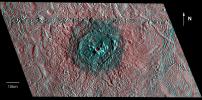
|
|||||

|
1999-01-18 | Europa |
Galileo |
Solid-State Imaging |
1192x1636x3 |

|
|||||

|
1999-08-27 | Europa |
Galileo |
Solid-State Imaging |
2530x1327x3 |
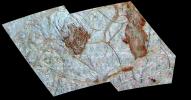
|
|||||

|
2000-03-06 | Europa |
Galileo |
Solid-State Imaging |
900x900x1 |
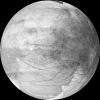
|
|||||

|
2000-04-24 | Amalthea |
Galileo |
Solid-State Imaging |
490x1190x1 |
|
|
|||||

|
2000-04-24 | Amalthea |
Galileo |
Solid-State Imaging |
748x381x1 |
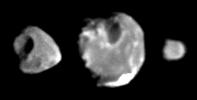
|
|||||

|
2000-12-16 | Ganymede |
Galileo |
Solid-State Imaging |
1249x1939x1 |

|
|||||

|
2000-12-16 | Ganymede |
Galileo |
Solid-State Imaging |
1026x1748x1 |

|
|||||

|
2000-12-16 | Ganymede |
Galileo |
Solid-State Imaging |
2514x1929x1 |
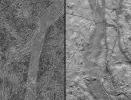
|
|||||

|
2000-12-17 | Ganymede |
Galileo |
Solid-State Imaging |
512x384x1 |
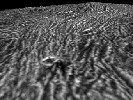
|
|
||||

|
2001-06-22 | Europa |
Galileo |
Solid-State Imaging |
536x900x3 |

|
|||||

|
2000-08-11 | Europa |
Galileo |
Solid-State Imaging |
3116x2652x1 |
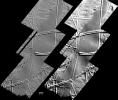
|
|||||

|
2000-09-25 | Europa |
Galileo |
Solid-State Imaging |
4306x3306x3 |
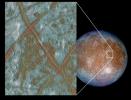
|
|||||

|
2002-10-30 | Europa |
Galileo |
Solid-State Imaging |
849x660x3 |
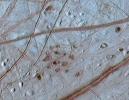
|
|||||

|
2013-03-05 | Europa |
Galileo |
Solid-State Imaging |
4200x5814x3 |

|
|||||

|
2013-11-25 | Europa |
Galileo |
Solid-State Imaging |
603x433x3 |
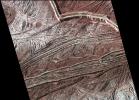
|
|||||

|
2014-07-08 | Europa |
Galileo |
Solid-State Imaging |
766x750x3 |
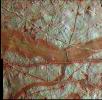
|
|||||

|
2016-05-17 | Europa |
Galileo |
Solid-State Imaging |
1252x2448x3 |

|
|||||

|
2017-02-08 | Europa |
Galileo |
Solid-State Imaging |
1338x2619x1 |

|
|||||

|
2019-04-11 | Europa |
Galileo |
Solid-State Imaging |
1557x1093x3 |
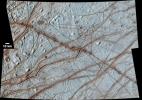
|
|||||

|
2023-04-14 | Europa |
Galileo |
Solid-State Imaging |
400x400x1 |
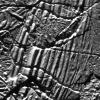
|
|||||

|
2023-04-14 | Europa |
Galileo |
Solid-State Imaging |
360x360x1 |
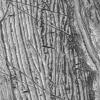
|
|||||

|
2022-10-05 | Europa |
Juno |
Stellar Reference Unit (SRU) |
512x512x1 |
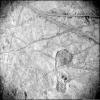
|
|||||

|
2011-12-01 | Enceladus |
Cassini-Huygens |
Synthetic-Aperture Radar (SAR) |
602x572x3 |
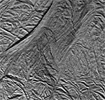
|
|||||

|
2004-08-23 | Mars |
2001 Mars Odyssey |
THEMIS |
1869x1778x1 |
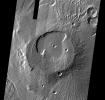
|
|||||

|
2017-02-22 |
Spitzer Space Telescope |
TRAPPIST |
6000x3000x3 | |
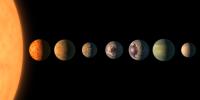
|
|||||

|
2017-02-22 |
Spitzer Space Telescope |
TRAPPIST |
1906x1063x3 | |
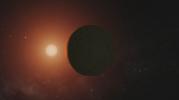
|
|||||

|
1998-06-04 | Europa |
Voyager |
VG Imaging Science Subsystem |
3138x3138x3 |
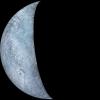
|
|||||

|
1996-01-29 | Jupiter |
Voyager |
VG ISS - Narrow Angle |
820x540x3 |
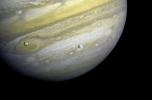
|
|||||

|
1999-03-06 | Jupiter |
Voyager |
VG ISS - Narrow Angle |
1000x1000x3 |
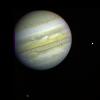
|
|||||

|
1996-09-26 | Europa |
Voyager |
VG ISS - Narrow Angle |
704x680x3 |
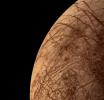
|
|||||

|
1999-02-08 | Europa |
Voyager |
VG ISS - Narrow Angle |
790x790x1 |
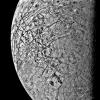
|
|||||

|
1999-02-08 | Europa |
Voyager |
VG ISS - Narrow Angle |
864x922x1 |

|
|||||

|
1999-03-23 | Europa |
Voyager |
VG ISS - Narrow Angle |
790x790x1 |
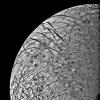
|
|||||

|
1999-06-16 | Europa |
Voyager |
VG ISS - Narrow Angle |
450x450x3 |
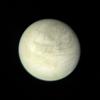
|
|||||

|
2000-05-23 | Rhea |
Voyager |
VG ISS - Narrow Angle |
396x388x1 |
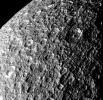
|
|||||

|
2009-08-25 | Triton |
Voyager |
VG ISS - Narrow Angle |
961x689x1 |
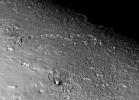
|
|||||

|
2021-04-07 | Earth |
WATSON |
2048x1536x3 | |
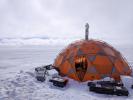
|
|||||

|
2021-04-07 | Earth |
WATSON |
2048x1536x3 | |
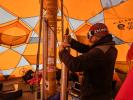
|
|||||

|
2021-04-07 | Earth |
WATSON |
2244x4128x3 | |

|
|||||

|
1998-05-02 | Jupiter |
Hubble Space Telescope |
WFPC2 |
600x700x3 |

|
|||||

|
2001-07-21 | Jupiter |
Hubble Space Telescope |
WFPC2 |
752x417x3 |

|
|||||

|
 |
 |
 |
|
| 1-100 | 101-200 | 201-300 |
| Currently displaying images: 201 - 268 of 268 |